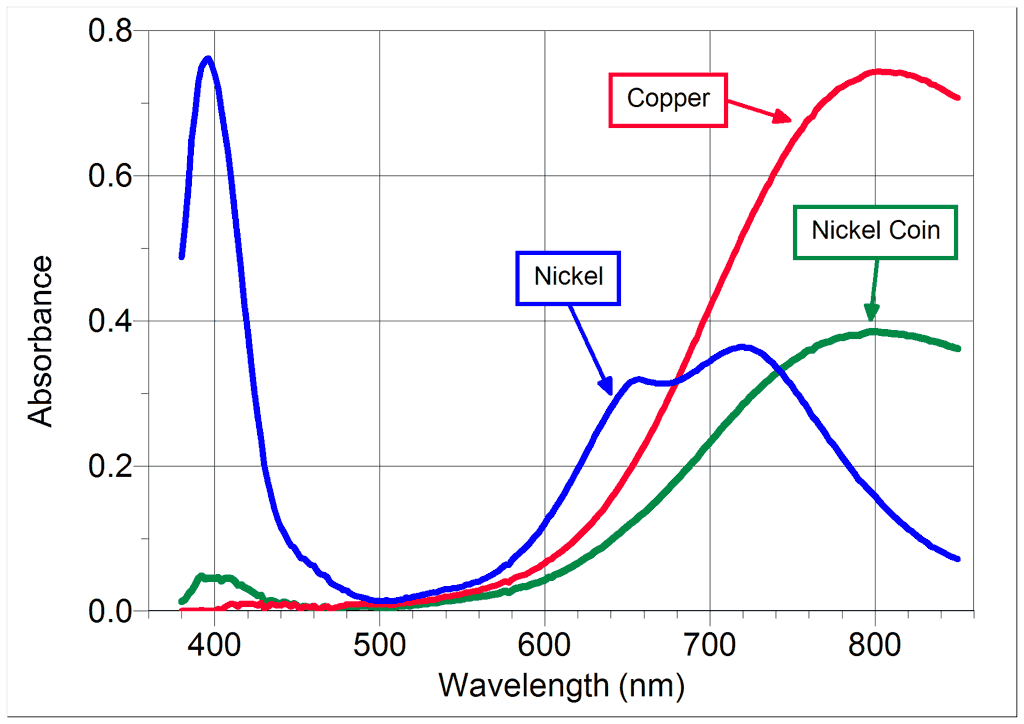I'm working on a Science experiment in which I need to melt very very fine copper powder. I want to do this with a laser, which laser would be best for my application?
(More detail)
Because the copper powder is so fine it can easily vaporize in the oven, of course some will melt. But I want to retain as much metal as I can without burning it up because you loose some because it is so fine. So I want to use a laser to heat the powder causing it to melt. I think I will have better success with a laser than an oven.
Anyways I am told an infrared laser will work best, however what output would the laser community recommend I use? And at what wave length, and output power would be best? Again I don't want something to powerful that it smokes my powder, and not something to weak. Any links or suggestions to a laser product would be helpful.
Thanks,
(More detail)
Because the copper powder is so fine it can easily vaporize in the oven, of course some will melt. But I want to retain as much metal as I can without burning it up because you loose some because it is so fine. So I want to use a laser to heat the powder causing it to melt. I think I will have better success with a laser than an oven.
Anyways I am told an infrared laser will work best, however what output would the laser community recommend I use? And at what wave length, and output power would be best? Again I don't want something to powerful that it smokes my powder, and not something to weak. Any links or suggestions to a laser product would be helpful.
Thanks,
Last edited:







